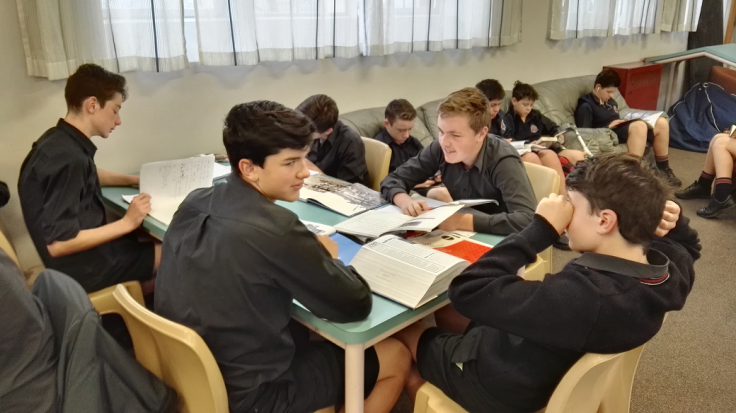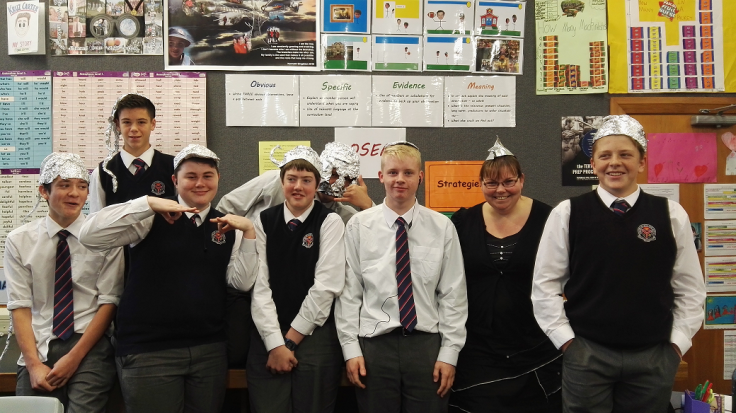The library I work in at Southland Boys’ High School has been a flurry of research activity this year! Last term Year 7 & 8 classes were researching World War I, Year 9 & 10 social studies classes a variety of events from the 20th century, Year 12 biology classes were discovering element of the abyssal zone and Year 13 history students were investigating New Zealand-focused topics.
This term has already become a real juggling act to accommodate all the research that’s happening. The Year 12 history classes have come onboard the research train with conspiracy theories, English classes are researching inventions as well as conspiracy theories, and our lovely Year 7 & 8 classes (all 11 of them!) are undertaking individual research about a conflict of their choice, following on from their WWI topic in term 1. To say we are a busy library would be an understatement!

Research becomes more complex as students progress through each year level, but the thing that doesn’t change is the need for clarity in a process to follow and that this process is supported by a range of strategies to use that work at each stage.
Planning and organisation are key to any research assignment regardless of what level that research is at, and some of the work I’m specifically contributing to currently is the Year 12 history assignment, which revolves around planning, fact-gathering, and note-taking.
Often the conversations I have with students revolve around the struggle to go beyond the ‘pre-research’ or fact-gathering stage, as many often believe this is all research actually is. It is also difficult for teachers to identify the pathway each of their students is taking with their individual research if those students aren’t actually recording what they’re finding and learning.
To make the “invisible visible”, I have designed a simple template to get students to gather answers to the “who, what, where, when & how” questions, preferably from a print source BEFORE they move on to decide on their more specific research questions and continue to research, usually online.
 This initial approach helps students to:
This initial approach helps students to:
- Identify key points and prior knowledge
- Gather relevant keywords to use when searching other resources, particularly online searching
- Write the information in their own words
- Recognise what the source doesn’t tell them that they need to know (words written or underlined in red in the example)
- Construct key questions to progress their research
- Record the necessary information for their bibliographies

Just today, I had a group of Year 11 students working in the library on their individual conspiracy theory research. One young man wanted to photocopy a whole chapter out of a book I had shown him which contained relevant information, rather than sit and read the chapter and identify and record the key points. His response when I told him he could not photocopy the whole chapter was “but it’ll take me the whole period to read this, Miss!”. The transferring rather than the transformation of information is still the default mode most students work within while believing this to be a genuine inquiry result.
I believe students’ ability to reflect on their research journey is equally as important to their learning as the more tangible outcome of the assignment. Being able to identify and understand what worked, what didn’t and what they will do differently next time is a valuable evaluation of the research process and will benefit them the next time they need to research.
May 19, 2017 at 12:00 pm
Reblogged this on and commented:
Some of the work I’m currently doing to support research at Southland Boys’ High School. More to come!
LikeLike
May 27, 2017 at 6:20 am
This is fantastic stuff, Senga. I am going to use this process next time I’m working with kids on ‘finding information’. Thank you!
LikeLiked by 1 person